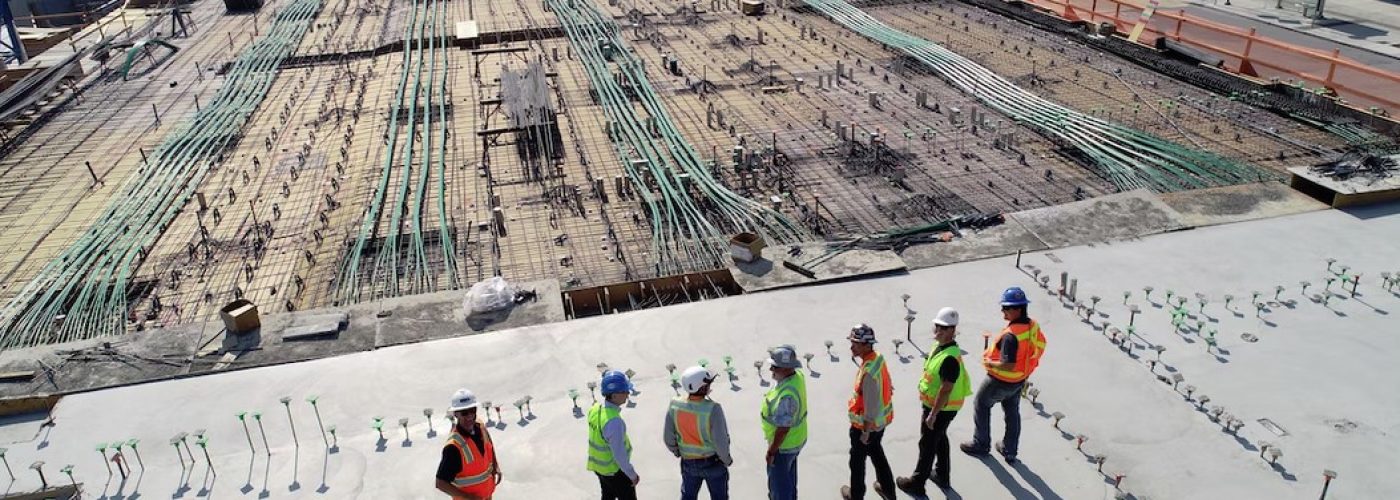As global warming escalates, there’s a mounting demand for all sectors to embrace more eco-friendly practices. The construction industry is no exception. Considering that buildings and construction combined contribute to 39% of worldwide carbon emissions, the urgency for adopting sustainable approaches cannot be overstated.
Modern construction engineering students are responding to this need, harnessing innovative trends to foster sustainability in their projects. Whether it’s designing energy-efficient buildings or promoting the use of sustainable materials, the younger generation is making strides towards a greener future.
While you could be spending time searching for a writing essay service with top writers, these students are engrossed in finding sustainable solutions to our built environment’s challenges. But their passion for sustainability doesn’t stop at mere research or classroom assignments.
Energy-Efficient Buildings
Buildings that are energy-efficient curb unnecessary power consumption, lower greenhouse gas emissions, and lessen the dependence on non-renewable resources. Such buildings offer major advantages, not just to the environment, but also economically by slashing energy expenses and enhancing the comfort of those residing or working within.
Construction engineering students are eagerly endorsing this trend through:
- Their designs for structures that optimally use natural light and ventilation, thereby minimizing the need for electric lighting and cooling systems.
- Incorporating solutions powered by renewable energy, like solar panels and wind turbines, in their designs.
- Including energy-efficient systems and appliances in their projects.
Use of Sustainable Building Materials
The construction industry is notorious for generating waste. However, sustainable building materials, often recycled or renewable, are rapidly gaining traction. These materials are not only environmentally friendly but can also be cost-effective and aesthetically pleasing.
Construction engineering students are leading the way in promoting these materials, often seen researching and experimenting with:
- Recycled steel
- Bamboo
- Recycled plastic
- Reclaimed wood
Water Conservation Techniques
Freshwater scarcity is a pressing global issue. In response, water conservation techniques in construction are becoming increasingly popular. These include rainwater harvesting systems, greywater recycling systems, and water-efficient fixtures.
Students are incorporating these techniques into their projects, demonstrating that complex problems can be solved in modern and innovative ways. Just like a student would buy essay instead of struggling to write one through the night.
Smart Building Technology
Smart building technology is another area where construction engineering students are leaving their mark. These technologies not only increase building efficiency but also enhance occupants’ comfort and safety.
Whether it’s automated lighting systems that conserve electricity or smart sensors that monitor building health, the integration of technology is paving the way for a more sustainable future.
Green Building Certifications
Green building certifications like LEED and BREEAM provide a benchmark for sustainability and encourage adherence to best practices in green building. Construction engineering students play a crucial role in understanding and promoting these certifications, acting as future ambassadors for sustainable construction.
For example, they learn to incorporate sustainable practices into their designs to meet these certifications’ standards, much like how an essay writer must meet specific criteria to produce a quality piece.
Incorporation of Biophilic Design
Biophilic design, another emerging trend in the sustainable construction sector, is gaining traction among students. The concept involves the integration of natural elements into architectural design to connect building occupants more closely to nature. This approach not only enhances the aesthetics but also improves the overall health and wellbeing of the occupants while promoting sustainability.
Today’s construction engineering students are championing biophilic design, showcasing its benefits through their innovative project designs and dissertations. They’re working with design software and conducting detailed studies on how such designs can improve energy efficiency, reduce carbon emissions, and enhance the mental wellbeing of the inhabitants. These actions are successfully spreading awareness about biophilic design among professionals and communities alike, inspiring its adoption in more construction projects.

Further Sustainability Trends
Other sustainability trends that construction engineering students are promoting include urban green spaces, green roofs, and passive design strategies. These elements enhance the sustainability of the built environment, improve urban biodiversity, and increase residents’ well-being.
Conclusion
In conclusion, the construction engineering students of today are the industry leaders of tomorrow. They’re pushing boundaries and promoting trends that could revolutionize the construction industry and help create a sustainable future. Their endeavors, akin to finding the best essay writing services, involve research, creativity, and a commitment to excellence.
As we look to the future, we can be confident that these young professionals will continue to drive sustainability in the construction industry. Their innovative approaches and commitment to a greener planet serve as a beacon of hope for all of us. With their hands on the blueprint, a more sustainable and resilient built environment is undoubtedly on the horizon.





